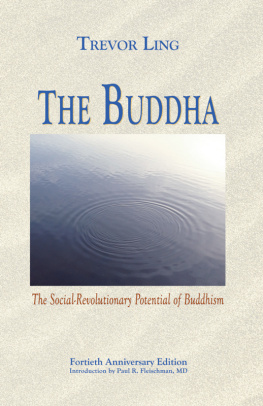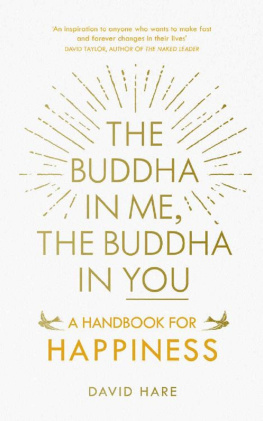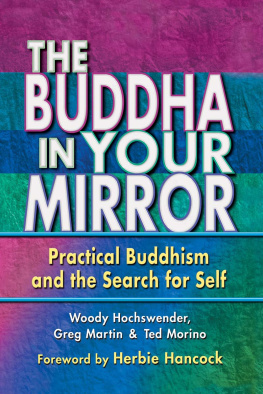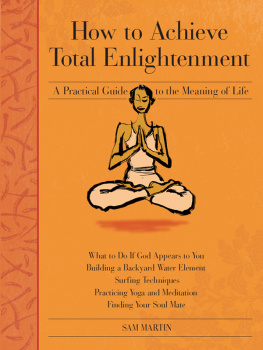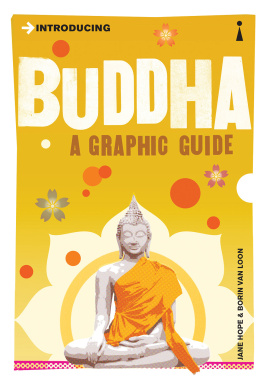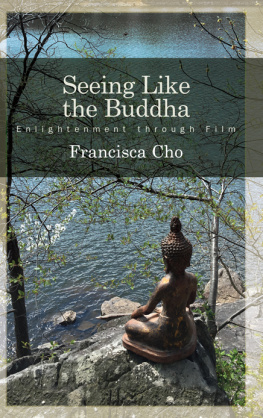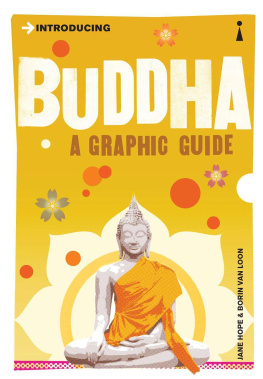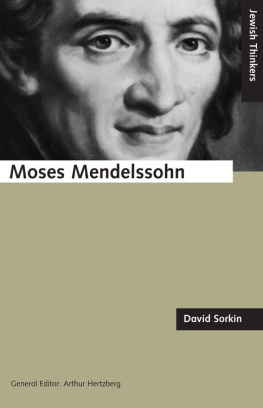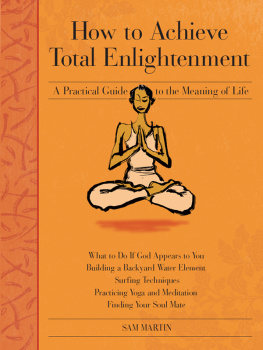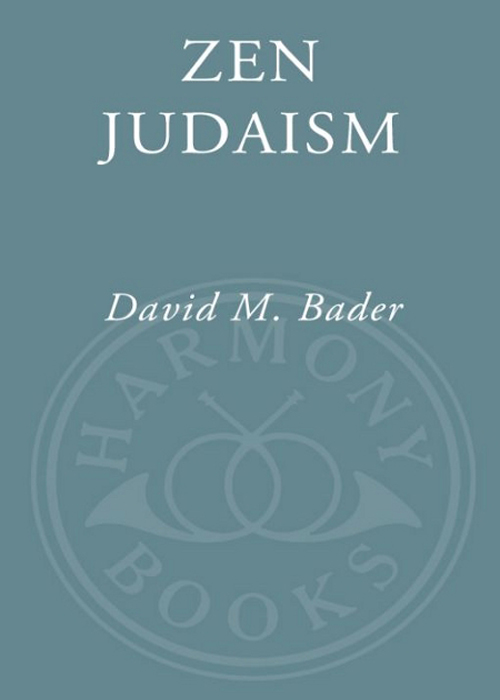
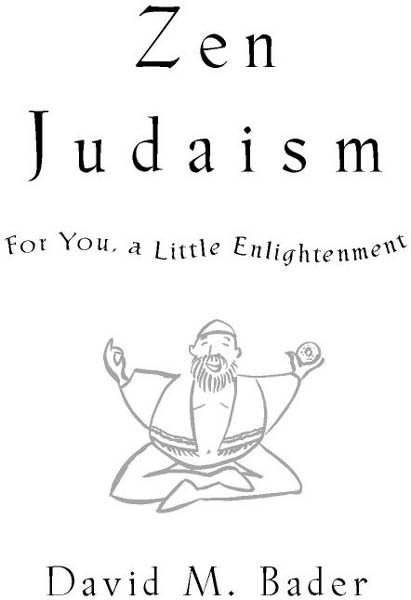
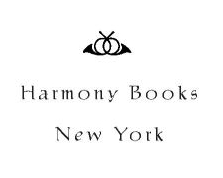
Table of Contents
Acknowledgments
The author thanks Jake Morrissey, Shaye Areheart, Sarah Silbert, and everyone else at Harmony Books; literary agents John Boswell and Patty Brown; and kibbitzing attorney-at-law Benjamin E. Rosenberg, Esq. He is also grateful to his parents, whose encouraging words (If youre so enlightened, why arent you rich?) were a constant source of inspiration. All mistakes are the authors, but that doesnt necessarily make him a bad person.
Preface
Few spiritual practices are more intriguing or elusive than those of Zen Judaism. A growing movement, it offers a unique way to follow in the footsteps of the Buddha, ideally without gaining quite so much weight. Its sacred teachings, combining ancient Eastern meditation techniques with traditional Jewish lower-back pain, are not easily mastered. And yet, properly understood, Zen Judaism is capable of bringing about an enlightenment experience so pure, so elevating, and so intense, you could plotz.
A Japanese term, Zen is the counterpart to the Chinese Chan, which in turn is the counterpart to the Sanskrit Dhyana, a word that means, roughly, Zen. The practice of Zen Judaism dates back to the famous Gautama Buddha of the sixth century B.C., the name Buddha meaning enlightened one or awakened one. He was also known as Siddhartha, after his real name, Sidney Arthur Buddha.
The Buddhas parents, Max and Helen, were an affluent Jewish couple in suburban Kapilavatthu. They were proud of young Sidney, whom they virtually worshiped. As their neighbors rolled their eyes, they would describe the miraculous, god-like powers of their little Buddhaleh. It was said that when the infant Buddha took his first steps, lotus blossoms bloomed directly under his feet. It was also said that the neighbors politely asked the Buddhas to keep the boy out of their flower beds.
The Buddhas teachers predicted that he would one day be a great sage. The idea thrilled his parents, as long as he went to law school first. But Sidney Buddha had other plans. As a young man, weary of his comfortable life and troubled by the suffering he saw around him, he resolved to renounce all his possessions and become a mendicant monk.
A monk? his father asked. Can you make a living at that? He urged him to reconsider, offering to set him up in the family import/export business. The Buddha refused.
Its a Zen thing, he explained to his baffled family.
This is all your fault, his parents said to each other.
When his mother had finished sewing name tags into his saffron robes (telling him to wear them in good health), the Buddha left home to seek an end to all human suffering. Amazingly, he succeeded, and the solution, it turned out, required less equipment than one might expect. The Buddha found that, through meditation, it was possible to reach Nirvanaan escape from the endless, painful cycle of aging, disease, death, and rebirth. This realization came as the Buddha sat in the lotus position on the Immovable Spot under the Tree of Enlightenment for forty-nine days in a row, after which he enunciated the Four Noble Truths:
ONE: Life is suffering.
TWO: The cause of all suffering is selfish craving and attachment.
THREE: There is a way to end all suffering, which I am about to explain.
FOUR: I have no feeling in my legs.
The Buddha also enunciated the Eightfold Path, the Five Hindrances, the Ten Perfections, the Threefold Refuge, the Thirteen Austere Practices, and so on, quickly earning a reputation as a compulsive list-maker.
People began to make pilgrimages from far and wide to hear the insights of the Enlightened One. Dont hang a new suit on a wire hanger, he would instruct. Always use a table pad under a hot dish. Art and jewelry are probably not the best investment. Never, ever order the brisket in a Hindu restaurant.
Devoted followers transcribed the teachings of the Buddha onto palm leaves, in languages such as Pali and Sanskrit. In time these works were translated into many other tongues, including Chinese, Japanese, and Yiddish. Later they were scribbled onto legal pads with a dull pencil and photocopied over and over again until the machine ran out of toner. At some point, someone accidentally spilled coffee on them. The insights that have survived, then, are distilled from a long and rich spiritual legacy, influenced by Zen, Tao, lox, and a number of other Scrabble words.
As you peruse these teachings, do not be surprised if not every word seems to make sense. Beneath any superficial appearance of confusion there lies a hidden layer, much more profound, that is also completely mystifying. At least you tried. As the Buddha taught, all that really matters is that you live mindfully, practice lovingkindness to all sentient beings, and never shop for shoes by mail order. Also, avoid fried foods, stay out of the sun, and stop worrying so much. Youll give yourself an ulcer.
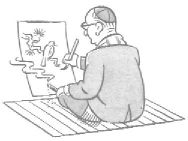
Zen Judaism
If you wish to know The Way, dont ask for directions. Argue.
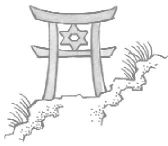
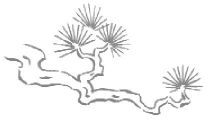
To know the Buddha is the highest attainment. Second highest is to go to the same doctor as the Buddha.
Zen is an end in itself. Your only goal must be mushotoku, the goal of having no goals, of striving not to strive.
How is it possible to strive to not have goals? you might ask. Isnt that itself a goal?
Dont be a smart aleck. You should be as goal-less and lacking in purpose as your cousin, the successful one.
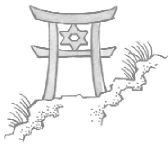
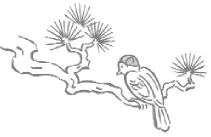
Be here now. Be someplace else later. Is that so complicated?
Though only your skin, sinews, and bones remain, though your blood and flesh dry up and wither away, yet shall you meditate and not stir until you have attained full Enlightenment. But first, a little nosh.

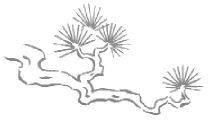
To find the Buddha, look within. Deep inside you are ten thousand flowers. Each flower blossoms ten thousand times. Each blossom has ten thousand petals. You might want to see a specialist.
Next page

